If you’re a stargazer or an astronomy enthusiast, the question “What time is the meteor shower tonight?” might be on your mind. With several meteor showers expected in 2025 and beyond, knowing when to look up can make all the difference between catching a dazzling display of shooting stars or missing it entirely. In this article, we’ll guide you through the most anticipated meteor showers, their peak times, and tips for optimal viewing.
Understanding Meteor Showers
Meteor showers occur when Earth passes through the debris left behind by comets or asteroids. As these particles enter our atmosphere, they burn up, creating the streaks of light known as meteors or “shooting stars.” Each year, several meteor showers are visible from different parts of the world, offering spectacular celestial events for skywatchers.
Key Factors for Viewing
- Dark skies: Light pollution can significantly reduce visibility, so finding a location away from city lights is crucial.
- Moon phase: A new moon or a waning crescent moon provides the darkest skies, ideal for observing meteors.
- Timing: The best time to watch is usually after midnight, when the radiant point of the shower is highest in the sky.
Upcoming Meteor Showers in 2025
Let’s dive into the most notable meteor showers that will take place in 2025, with a focus on the Orionids, Taurids, Leonids, Geminids, and Ursids.
October: The Orionid Meteor Shower
When to Watch: The Orionid meteor shower is active from September 26 to November 22, with its peak predicted for October 21 at 00 UTC.
Best Time: After midnight through the early morning hours before dawn.
Radiant Point: The radiant rises before midnight and is highest in the sky around 2 a.m.
Moon Phase: A new moon occurs on October 21 at 12:25 UTC, providing dark skies for optimal viewing.
Expected Meteors: Under ideal conditions, observers can expect 10 to 20 meteors per hour.
Note: The Orionids are known for their fast-moving meteors, which occasionally leave persistent trails. These meteors originate from the debris of Comet Halley.
October to November: The Taurid Meteor Showers
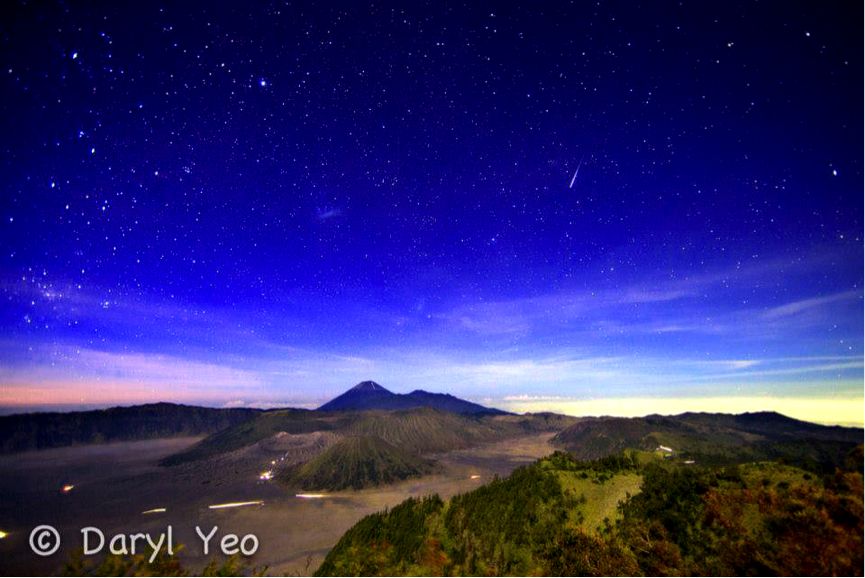
The Taurids consist of two separate showers: the South Taurids and the North Taurids.
South Taurids:
– Peak: November 5 at 13 UTC
– Best Time: Around midnight, after the waxing gibbous moon has set.
– Expected Meteors: 5 meteors per hour under ideal conditions.
North Taurids:
– Peak: November 9 at 12 UTC
– Best Time: Midnight and later.
– Expected Meteors: 5 meteors per hour under ideal conditions.
Note: The Taurids are known for producing bright fireballs, which can sometimes be seen even during full moon phases.
November: The Leonid Meteor Shower
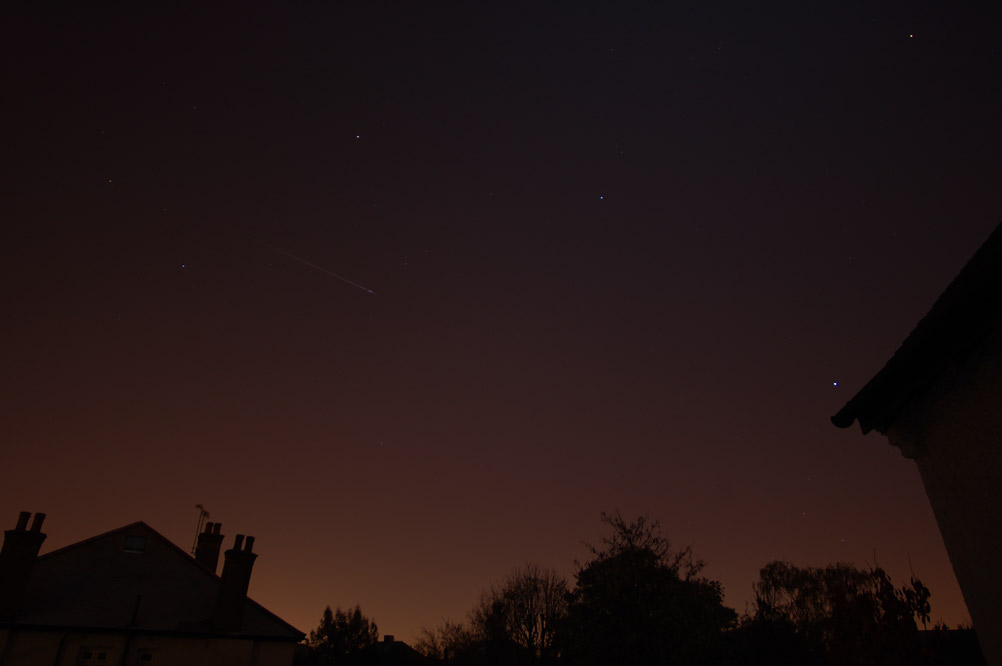
When to Watch: The Leonid meteor shower is active from November 3 to December 2, with its peak predicted for November 17 at 18 UTC.
Best Time: Late on the night of November 16 until dawn on November 17.
Radiant Point: Rises around midnight and is highest at dawn.
Moon Phase: A new moon occurs on November 20 at 6:47 UTC, ensuring dark skies for observation.
Expected Meteors: Under ideal conditions, 10 to 15 meteors per hour can be seen.
Note: The Leonids are famous for producing meteor storms, with historical peaks reaching thousands of meteors per minute. However, in most years, the shower is more subdued.
December: The Geminid Meteor Shower
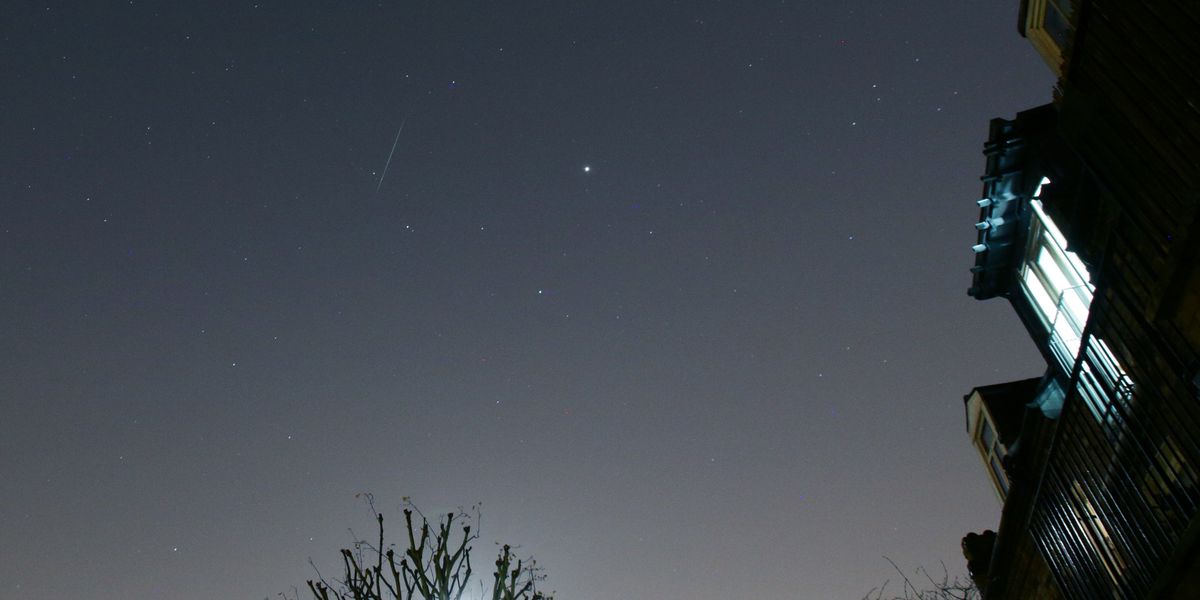
When to Watch: The Geminid meteor shower is active from November 19 to December 24, with its peak predicted for December 14 at 3 UTC.
Best Time: Since the radiant rises in mid-evening, the entire night of December 13–14 is ideal for watching.
Radiant Point: Rises in mid-evening and is highest around 2 a.m.
Moon Phase: A last quarter moon occurs on December 11 at 20:52 UTC, ensuring minimal interference.
Expected Meteors: Under ideal conditions, up to 120 meteors per hour can be observed.
Note: The Geminids are considered one of the best meteor showers of the year, known for their bright and colorful meteors.
December: The Ursid Meteor Shower
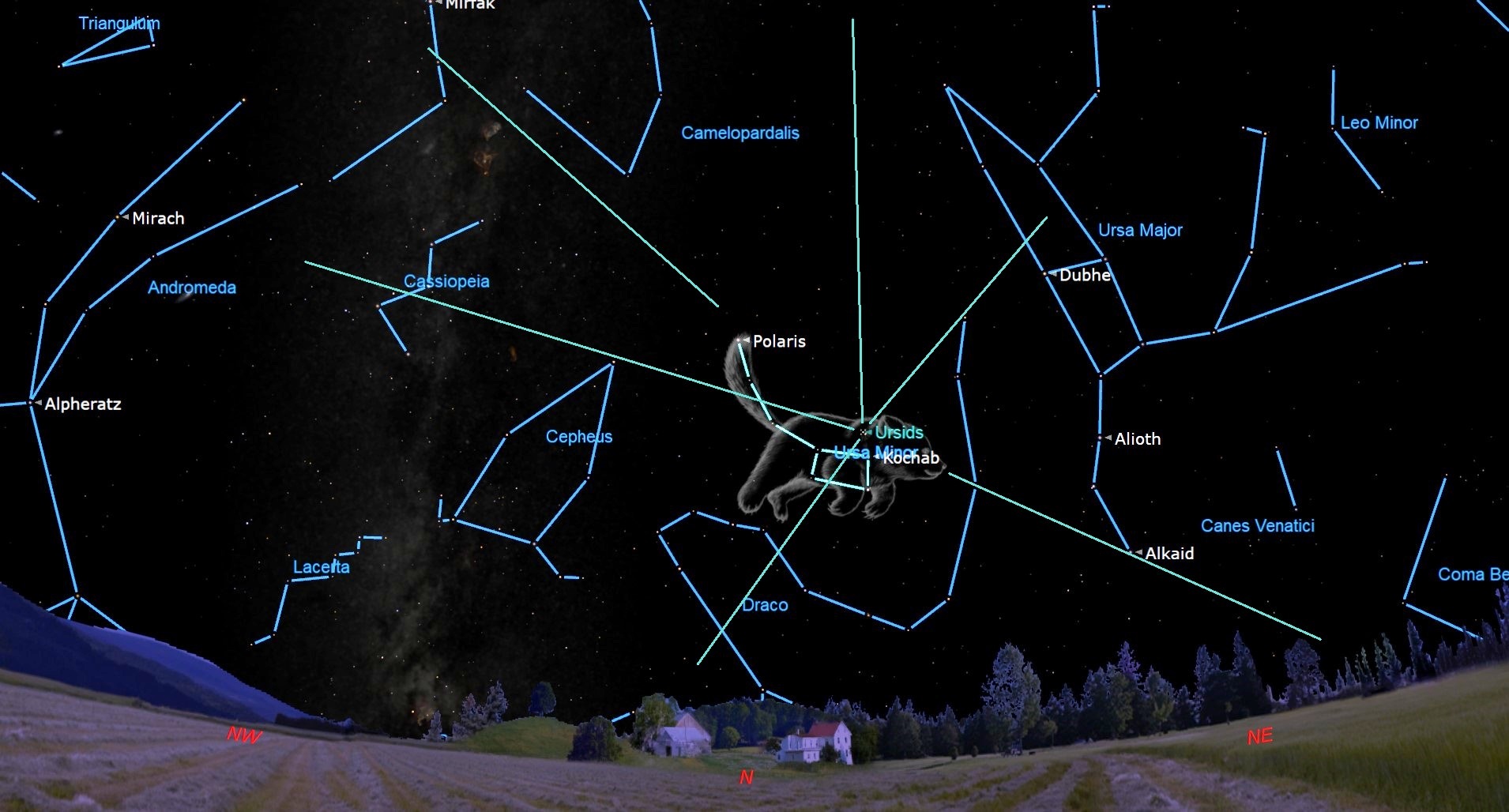
When to Watch: The Ursid meteor shower is active from December 13 to 24, with its peak predicted for December 22 at 11 UTC.
Best Time: Evening of December 21 through dawn on December 22.
Radiant Point: Circumpolar at northerly latitudes.
Moon Phase: A new moon occurs on December 20 at 1:23 UTC, providing dark skies.
Expected Meteors: Under ideal conditions, 5 to 10 meteors per hour can be seen.
Note: While not as intense as other showers, the Ursids are worth watching for their unique timing around the winter solstice.
Tips for Optimal Meteor Watching
- Find a Dark Location: Choose a spot away from city lights where the sky is clear and unobstructed.
- Check the Moon Phase: A new moon or waning crescent moon is ideal for viewing.
- Dress Warmly: Nighttime temperatures can drop, so bring layers and a blanket.
- Use a Star Map: Apps like Stellarium or Heavens-Above can help you locate the radiant point of the shower.
- Be Patient: Meteor showers can be unpredictable, so give yourself at least an hour to observe.
Conclusion
Whether you’re a seasoned astronomer or a casual skywatcher, the 2025 meteor shower season offers a variety of opportunities to witness the beauty of the cosmos. From the fast-moving Orionids in October to the brilliant Geminids in December, each shower brings its own unique charm. By following the peak times and using the tips provided, you’ll be well-prepared to enjoy the next meteor shower tonight.
Stay updated with the latest news and celestial events to ensure you don’t miss out on the wonders of the universe.
Meta Title: When Is the Next Meteor Shower Tonight?
Meta Description: Discover the peak times and viewing tips for the 2025 meteor showers, including the Orionids, Taurids, Leonids, Geminids, and Ursids.
Author: [Nama Lengkap]
Title/Role: [Jabatan atau keahlian]
Credentials: [Ringkasan kualifikasi atau pengalaman terkait]
Profile Link: [Link profil, opsional]
Sources:
– American Meteor Society
– NASA – Meteor Showers
– International Meteor Organization
Internal Links:
– How to Photograph Meteor Showers
– Understanding Meteor Shower Radiants
– Top 10 Meteor Showers of 2025
Schema Markup:
{
"@context": "https://schema.org",
"@type": "Article",
"headline": "When Is the Next Meteor Shower Tonight? Your Guide to Peak Viewing Times",
"datePublished": "2025-10-21",
"author": {
"@type": "Person",
"name": "[Nama Lengkap]"
},
"publisher": {
"@type": "Organization",
"name": "[Nama Situs]",
"logo": {
"@type": "ImageObject",
"url": "[Logo URL]"
}
}
}
Featured Snippet:
The next meteor shower, the Orionids, will peak on October 21 at 00 UTC. Best viewing times are after midnight through the early morning hours. Ensure dark skies and check the moon phase for optimal visibility.






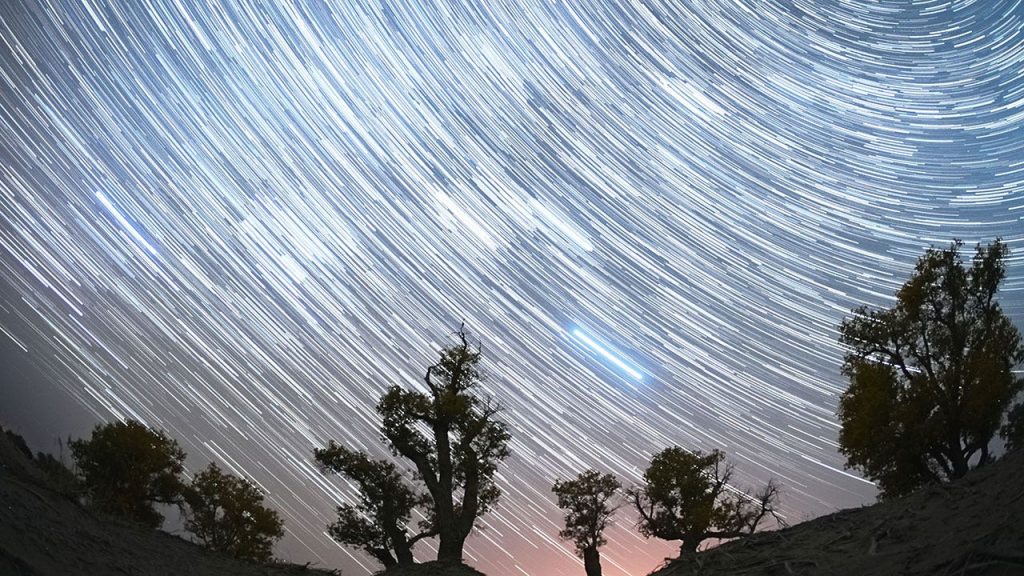




More Stories
What Is Yodo Para Tiroides and How Does It Affect Thyroid Health?
What is WSET? A Comprehensive Guide to Wine Education
US Trending News: What Are Winter Bones? A Guide to the Seasonal Trend in Bone Health